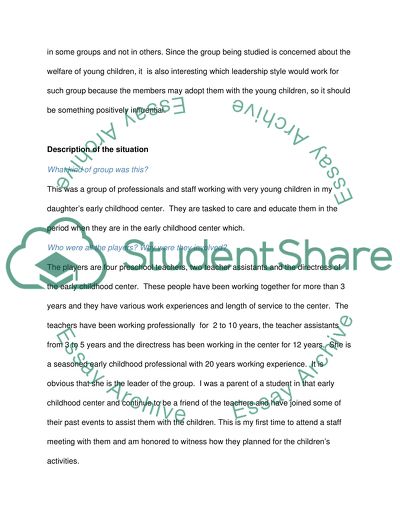Cite this document
(“Analysis of a group decision-making Essay Example | Topics and Well Written Essays - 2250 words”, n.d.)
Retrieved from https://studentshare.org/psychology/1461738-analysis-of-a-group-decision-making
Retrieved from https://studentshare.org/psychology/1461738-analysis-of-a-group-decision-making
(Analysis of a Group Decision-Making Essay Example | Topics and Well Written Essays - 2250 Words)
https://studentshare.org/psychology/1461738-analysis-of-a-group-decision-making.
https://studentshare.org/psychology/1461738-analysis-of-a-group-decision-making.
“Analysis of a Group Decision-Making Essay Example | Topics and Well Written Essays - 2250 Words”, n.d. https://studentshare.org/psychology/1461738-analysis-of-a-group-decision-making.


